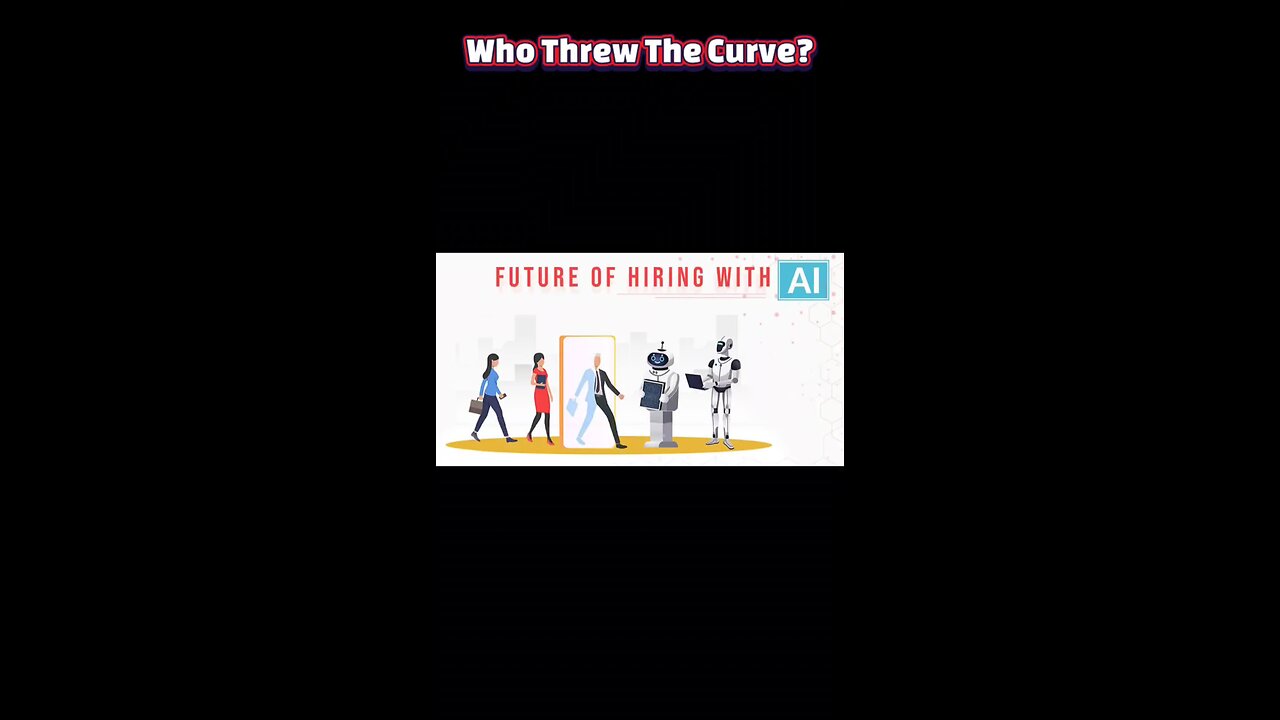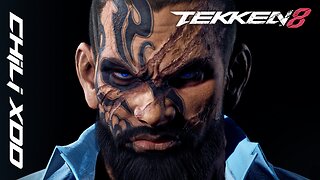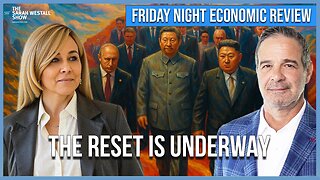Premium Only Content

AI in Hiring: Bias Buster or Bigot-in-a-Box?
#AIRecruitment #FairHiring #EthicalAI #BiasInTech #HRTech #WorkplaceBias #TechDebate #FutureOfWork
the dream of an optimally fair hiring process, now turbocharged by AI. We’ve all been told that letting a cold, logical algorithm sift through résumés will magically erase our collective prejudices—because nothing says “unbiased” like a model trained on decades of human bias. Yet here we are, pinning our hopes on a robot that literally learned to discriminate from our own flawed past. Revolutionary, right?
In theory, AI can enforce consistency: every candidate gets the same checklist, the same keyword scan, the same predictive score. No more gut feelings about a cover letter font or a candidate’s hometown. Early studies even boast that women and minorities see up to 40% fairer treatment under algorithmic review—provided you ignore how those numbers were crunched, of course. If only those shiny dashboards came with a “bias-free” guarantee sticker.
But let’s not forget that AI algorithms are basically immortalized versions of our worst hiring habits. Feed them biased historical data—where certain groups were systematically overlooked—and voilà: you get bias on autopilot. Remember the suit-and-tie brigade complaining that “those kids these days” aren’t hireable? Their prejudices are now enshrined in code. Lawsuits like Mobley vs. Workday have already shown us that even robots can be sued for age discrimination.
To avoid unleashing a perfectly rational injustice machine, companies need more than hope and prayer. They must publish transparent criteria, invite independent bias audits, and continuously retrain models on diverse, up-to-date data. Sure, that means reading dry policy documents and shelling out for third-party consultants—but hey, who doesn’t love compliance paperwork? Bonus points if you can navigate the labyrinth of New York’s Local Law 144 or the upcoming EU AI Act without crying.
In the end, AI-driven hiring tools aren’t fate sealed in silicon; they’re reflections of our priorities. With rigorous guardrails, they might just nudge us toward more objective hiring. Without them, we’ll have created a high-tech echo chamber of past injustices—only faster, cheaper, and with prettier graphs. Choose wisely, or prepare to blame the algorithm when your talent pipeline looks like your grandfather’s golf club.
-
 3:07:24
3:07:24
FreshandFit
7 hours agoPrivileged Nigerian Thinks Women Created Everything: HEATED DEBATE
109K61 -
 5:57:27
5:57:27
SpartakusLIVE
8 hours agoNEW Update - BROKEN Attachment || Viewers REJOICE at the long-awaited Return of Their KING
69.5K -
 2:06:31
2:06:31
TimcastIRL
7 hours agoTrump To Deploy National Guard To Portland, Antifa Has Been WIPED OUT | Timcast IRL
172K142 -
 2:30:00
2:30:00
Laura Loomer
9 hours agoEP142: Loomer Prompts Calls For FBI To Investigate Palestinian Youth Movement
40.9K18 -
 1:26:34
1:26:34
Man in America
11 hours agoExposing the Cover-Up That Could Collapse Big Medicine: Parasites
46.1K19 -
 4:53:00
4:53:00
CHiLi XDD
7 hours agoTekken Fight Night
24.4K1 -
 9:25:57
9:25:57
ItsLancOfficial
12 hours agoFREAKY FRIDAY-GETTING FRIED-WELP! #TOTS
24.2K4 -
 1:09:11
1:09:11
Sarah Westall
8 hours agoRead the Signs: Are We Already Operating in a New Financial System? w/ Andy Schectman
37.5K8 -
 1:32:53
1:32:53
Flyover Conservatives
12 hours agoRicky Schroder Exposes How Hollywood Planted Him as a Child Star | FOC Show
47.7K12 -
 4:59:48
4:59:48
JahBlessCreates
6 hours ago🎉 TEKKEN TING, and maybe some music...
24.7K14